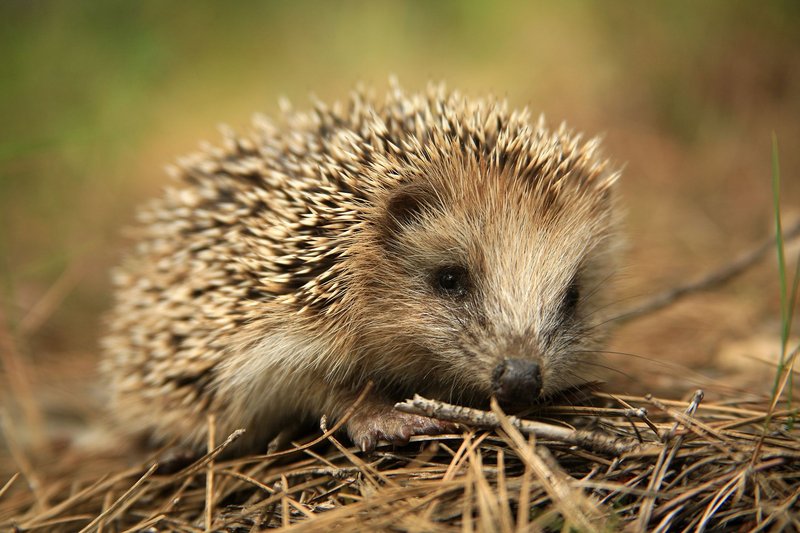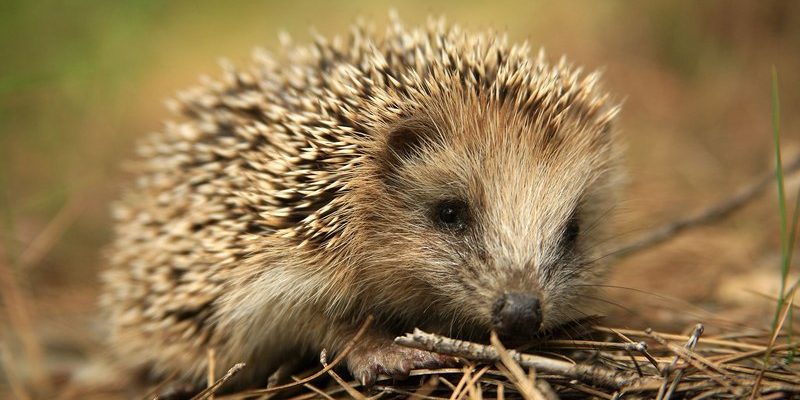
When it comes to raising their young, female hedgehogs take on the brave role of single parents. They’re not just nurturing little ones; they’re teaching them everything they need to know to survive, much like how a wise mentor guides a young apprentice through life’s challenges. From finding food to avoiding predators, the lessons a hedgehog mother imparts are crucial for her babies.
So, how do these charming critters manage their parenting duties? Let’s explore the steps in this heartwarming and intriguing process.
Understanding Hedgehog Reproduction
Before hedgehog mothers even think about raising young, they go through an interesting reproductive cycle. Breeding usually takes place in spring, as the weather warms up, and food becomes plentiful. Male hedgehogs will engage in a courtship dance, which is quite the sight! With a series of snuffles and circling, they make their intentions known. If a female is interested, they can mate multiple times over a few days.
After a gestation period of about 4 to 6 weeks, a female hedgehog will give birth to a litter of 2 to 7 baby hedgehogs, also known as hoglets. It’s both a relief and a moment of joy for the mother, as she begins a new chapter of her life.
Preparing a Nest for Hoglets
A key element of hedgehog parenting is creating a safe space for the newborns. Hedgehogs are known to build nests using materials available in their surroundings. You might find them gathering leaves, grasses, and even bits of fur to create a cozy den. This nest serves as a warm, secure environment where the hoglets can thrive in their early days.
Hedgehog mothers are quite discerning about location. They typically choose hidden spots under bushes, garden sheds, or even piles of leaves. This strategic choice helps keep their young safe from predators, such as foxes or birds of prey. It’s like creating a secret clubhouse where the little ones can grow without a worry.
The Arrival of the Hoglets
Once the babies are born, they’re born blind and hairless, resembling tiny pink sausages. They depend entirely on their mom for everything. For the first few weeks, the mother stays close to her nest, nursing her hoglets, providing warmth, and keeping them safe.
During this period, she will only leave the nest for short times to find food. It’s a risky balance between feeding herself and ensuring her young are protected. You might wonder, how does she manage this? Well, here’s the thing: hedgehogs are nocturnal, which means they’re active at night. This behavior allows mothers to forage for food while avoiding daytime predators. It’s a clever strategy that underscores their natural instincts.
Nursing and Growth
The nursing phase lasts about 4 to 6 weeks. Hoglets depend on their mother’s milk, which is rich in nutrients, helping them grow strong and healthy. As they feed, they start to develop a coat of soft spines, which will eventually harden. You might find it surprising, but these spines offer protection once they get a bit older.
Sometime around 2 weeks, the hoglets begin to open their eyes and start to explore their temporary home. It’s a delightful process to witness. They slowly gain mobility and begin to crawl around the nest. This exploration is crucial, as it sets the stage for their future survival skills. The little ones learn from each other and start mimicking their mother’s behavior, like foraging and curling into a protective ball.
Transition to Independence
As the weeks pass, the young hedgehogs become more independent, but that doesn’t mean they’re ready to leave just yet. Around 4 to 6 weeks old, they start tasting solid food. Mom will introduce them to insects and other food sources, showing them what’s safe to eat.
During this time, the hoglets continue to grow, with spines becoming sharper and coats thicker. Their mother teaches them through example, and you might see her foraging while the little ones follow, sensing the world around them. This period emphasizes the importance of learning through observation, akin to how humans learn from mentors and peers.
Leaving the Nest
Eventually, the time comes for the hoglets to venture out on their own. By around 8 to 10 weeks old, they’re nearly fully grown and ready to leave their mother’s care. The mother hedgehog is patient but knows it’s time to let her young go. This step is vital for their development, as they need to learn to fend for themselves and adapt to the wild.
Once they leave, they’ll continue to rely on their instincts to find food and shelter. Although they won’t return to their mother, the groundwork she laid will help them navigate their new lives. It’s similar to an artist completing a masterpiece, knowing their work is now ready to stand alone.
Challenges in the Wild
While hedgehogs are equipped with natural instincts, the wild isn’t always kind. Young hedgehogs face numerous challenges, like finding food, avoiding predators, and dealing with harsh weather. It’s a bit like a game where the odds are constantly shifting, and survival depends on being smart and cautious.
Many young hedgehogs don’t survive their first winter. Those that do manage to find adequate food and shelter have a better chance. Hedgehogs need to bulk up before the cold months, as they hibernate when temperatures drop. This period is crucial for their survival, and it reflects the lessons learned during their early days.
The Importance of Parenting
Mother hedgehogs play a pivotal role in shaping their offspring’s future. The lessons they impart, from foraging to self-defense, echo throughout the young hedgehogs’ lives. Good parenting means that those little hoglets have a better shot at survival and contributing to future generations.
In the grand circle of life, these adorable creatures remind us of the connection between nurturing and resilience. Just as humans pass down knowledge and skills, hedgehogs rely on their mothers to guide them through the tumultuous early stages of existence.
Conservation and Protection of Hedgehogs
As cute as they are, hedgehogs face threats from habitat loss, road traffic, and predation. Protecting these creatures means ensuring they can raise their young without excessive interference. You might consider getting involved in local conservation programs or creating hedgehog-friendly spaces in your garden. Simple actions can make a huge difference!
Are you wondering how to help? Here are a few ideas:
- Leave natural areas in your garden for hedgehogs to nest.
- Set up hedgehog houses to provide safe shelter.
- Keep pathways clear for their safe passage.
- Educate your community about the importance of hedgehogs.
With these small efforts, we can create a better environment for them to thrive and raise their young.
Closing Thoughts
Hedgehogs might seem like simple, solitary creatures, but their parenting practices are anything but. From building cozy nests to teaching survival skills, mother hedgehogs play a significant role in ensuring their young can thrive in the wild. Understanding how hedgehogs raise their young not only highlights the beauty of nature but also sparks a desire in us to protect these charming animals and their habitats.
So next time you spot a hedgehog, remember the little adventures they go through to raise their sweet hoglets. Every fluffy ball of spines is a testament to the nurturing nature of their mothers, waiting to take on the world!

